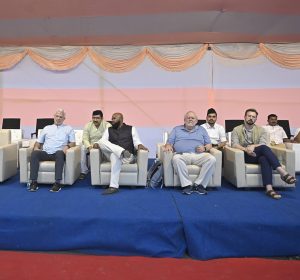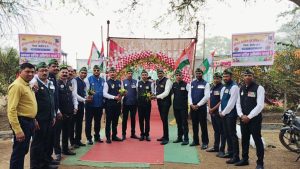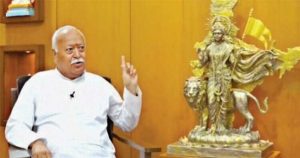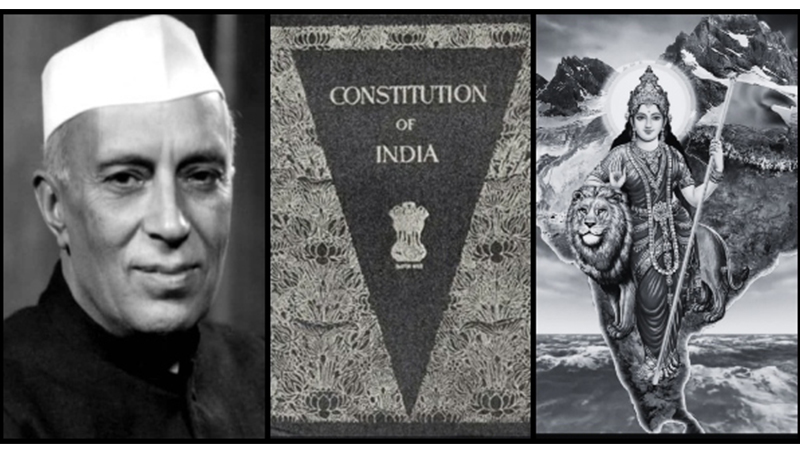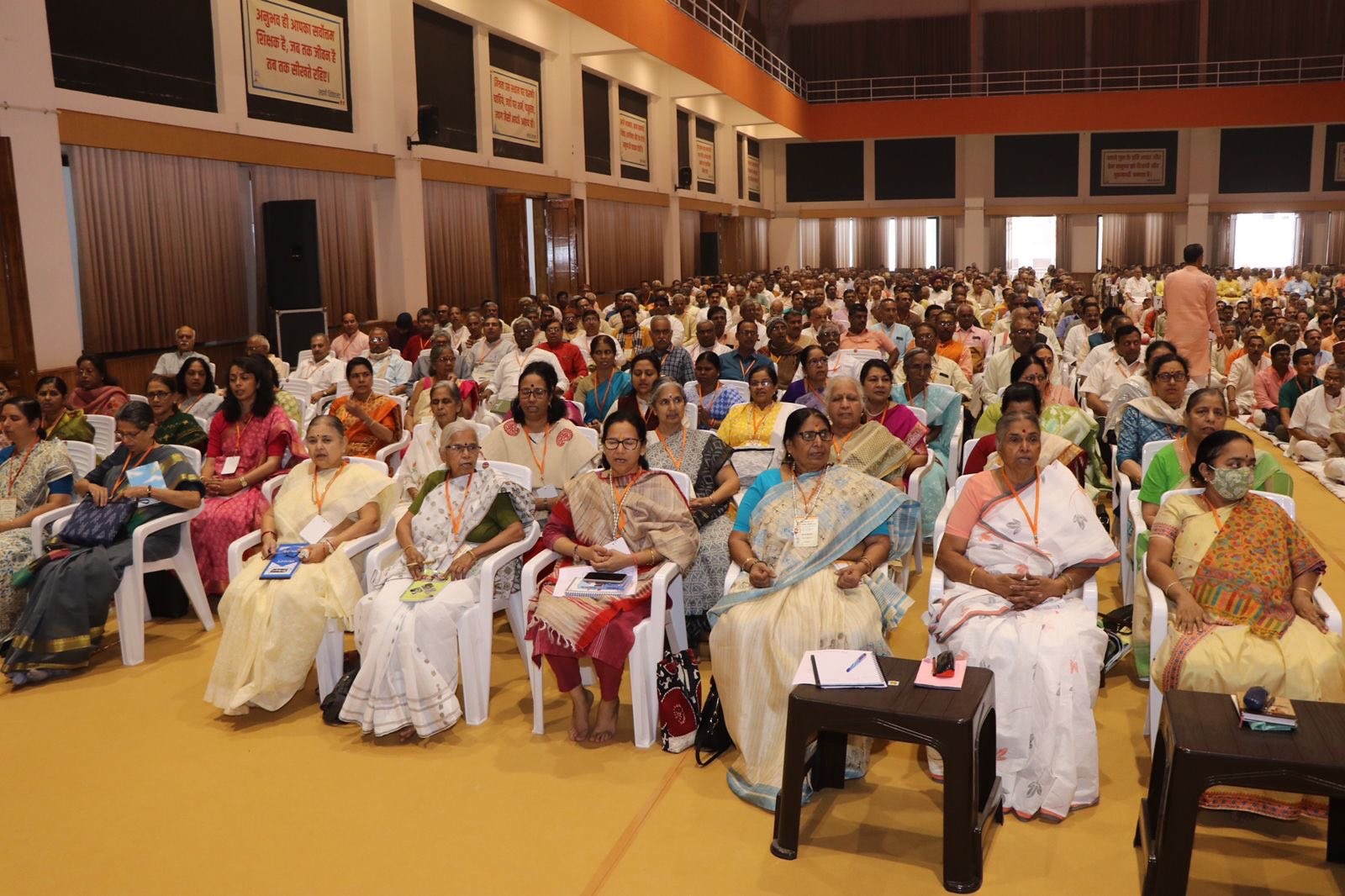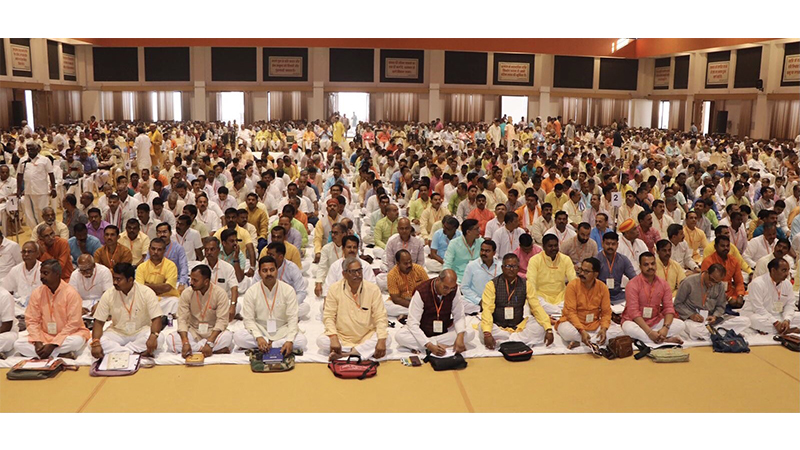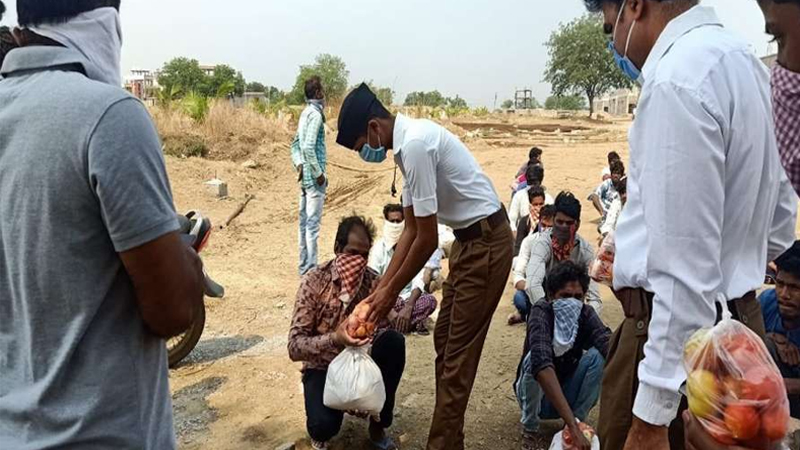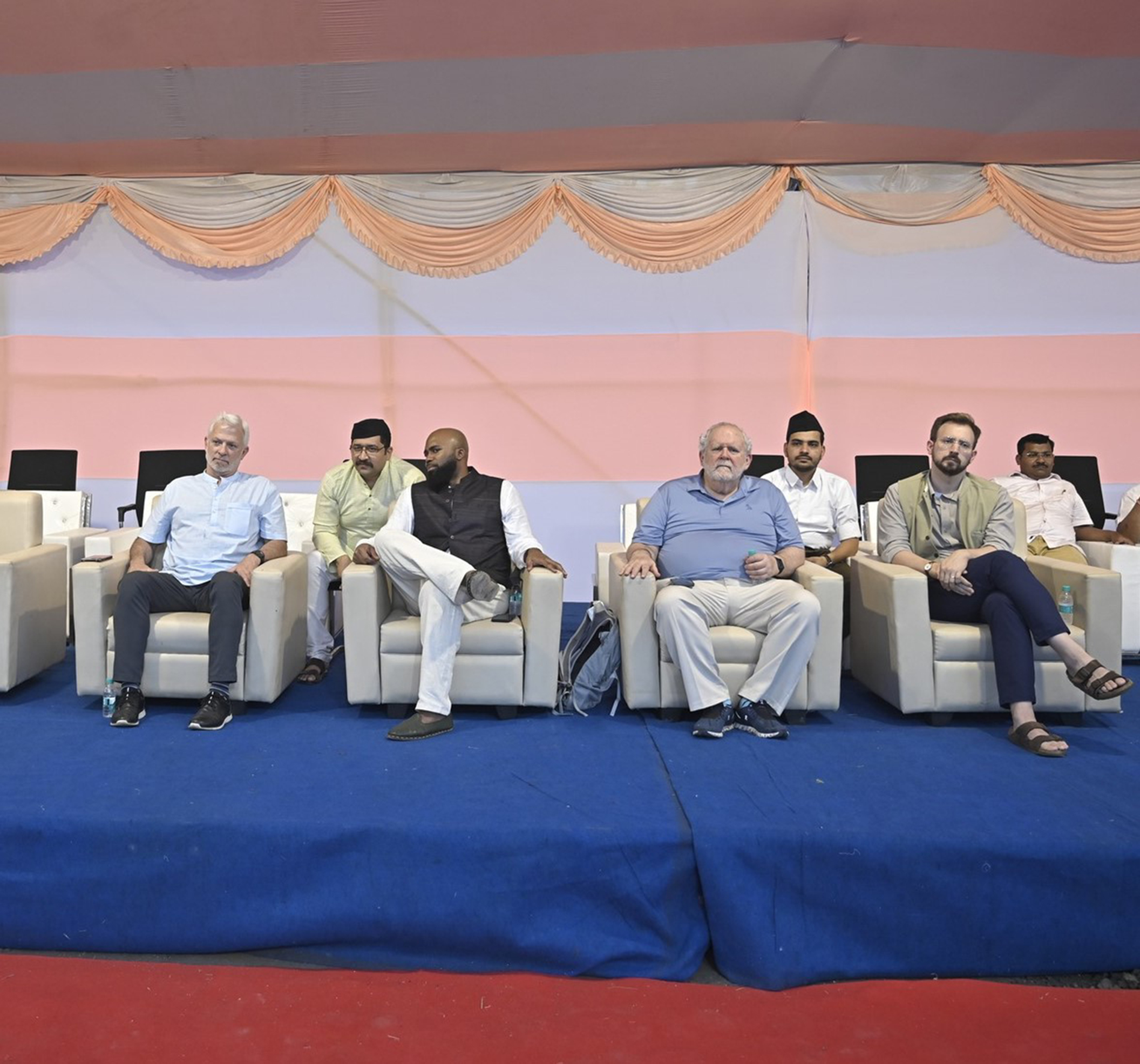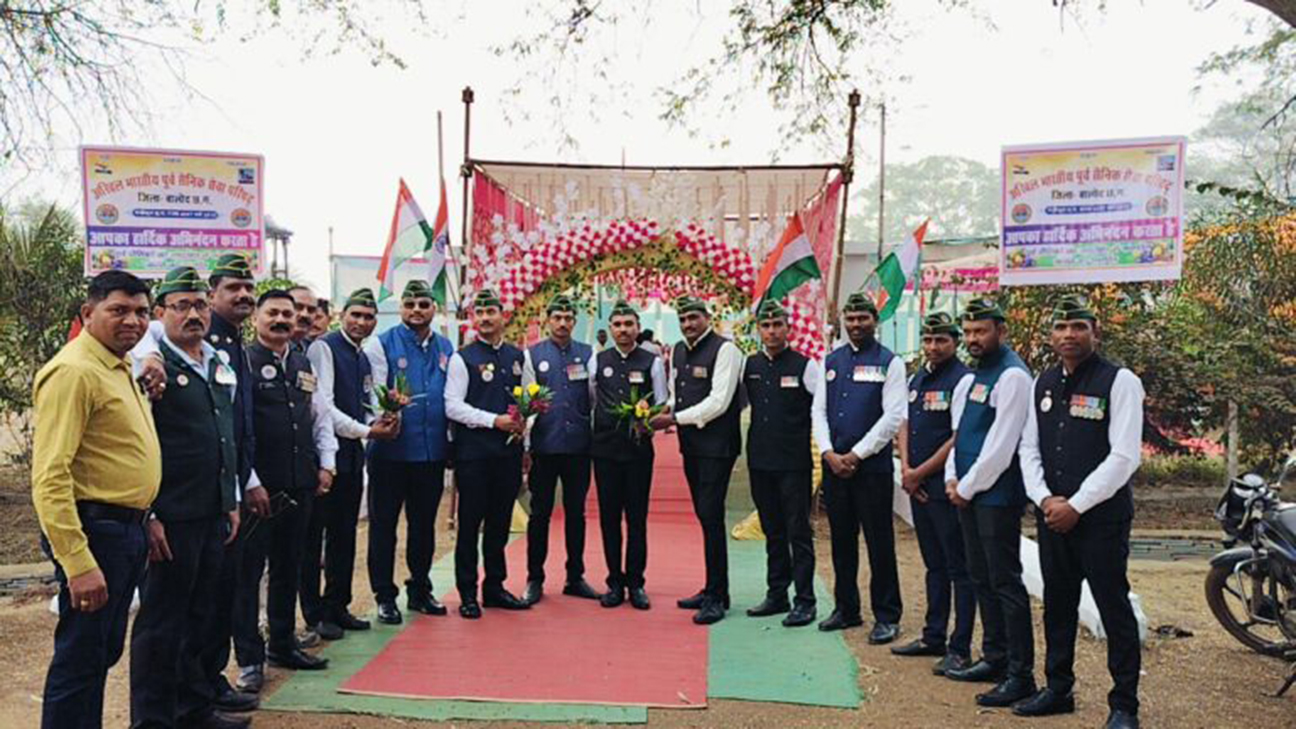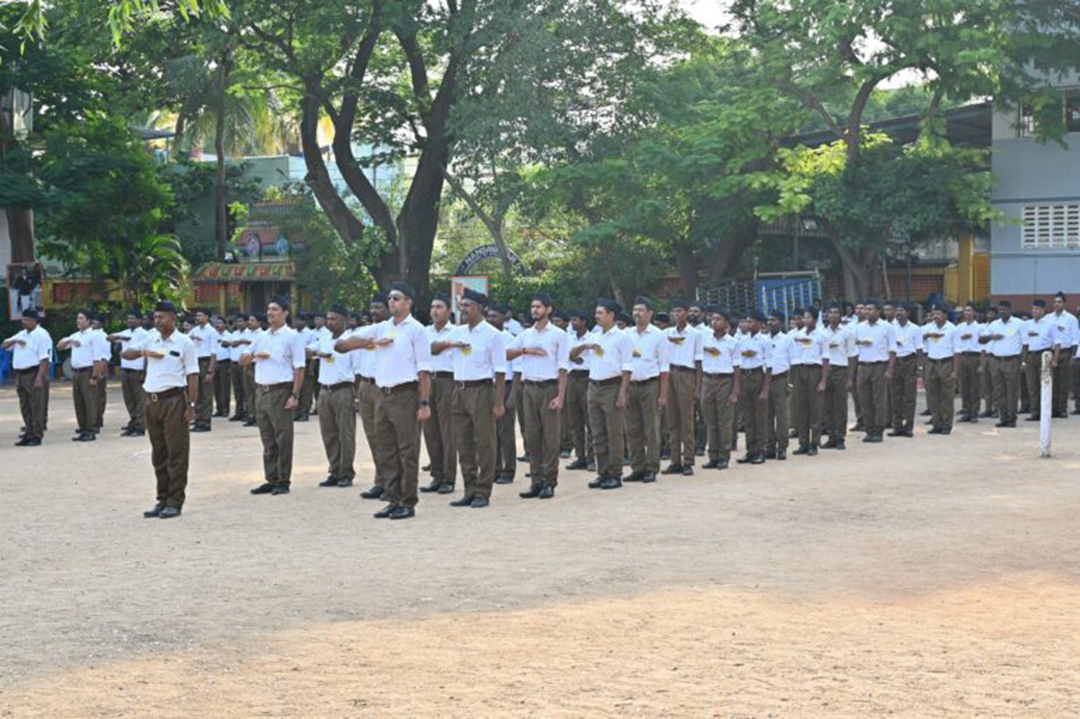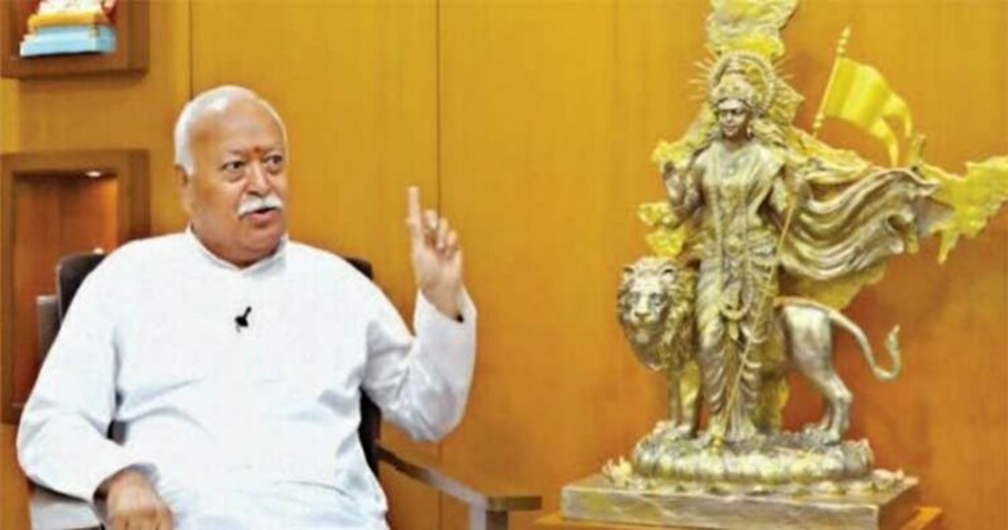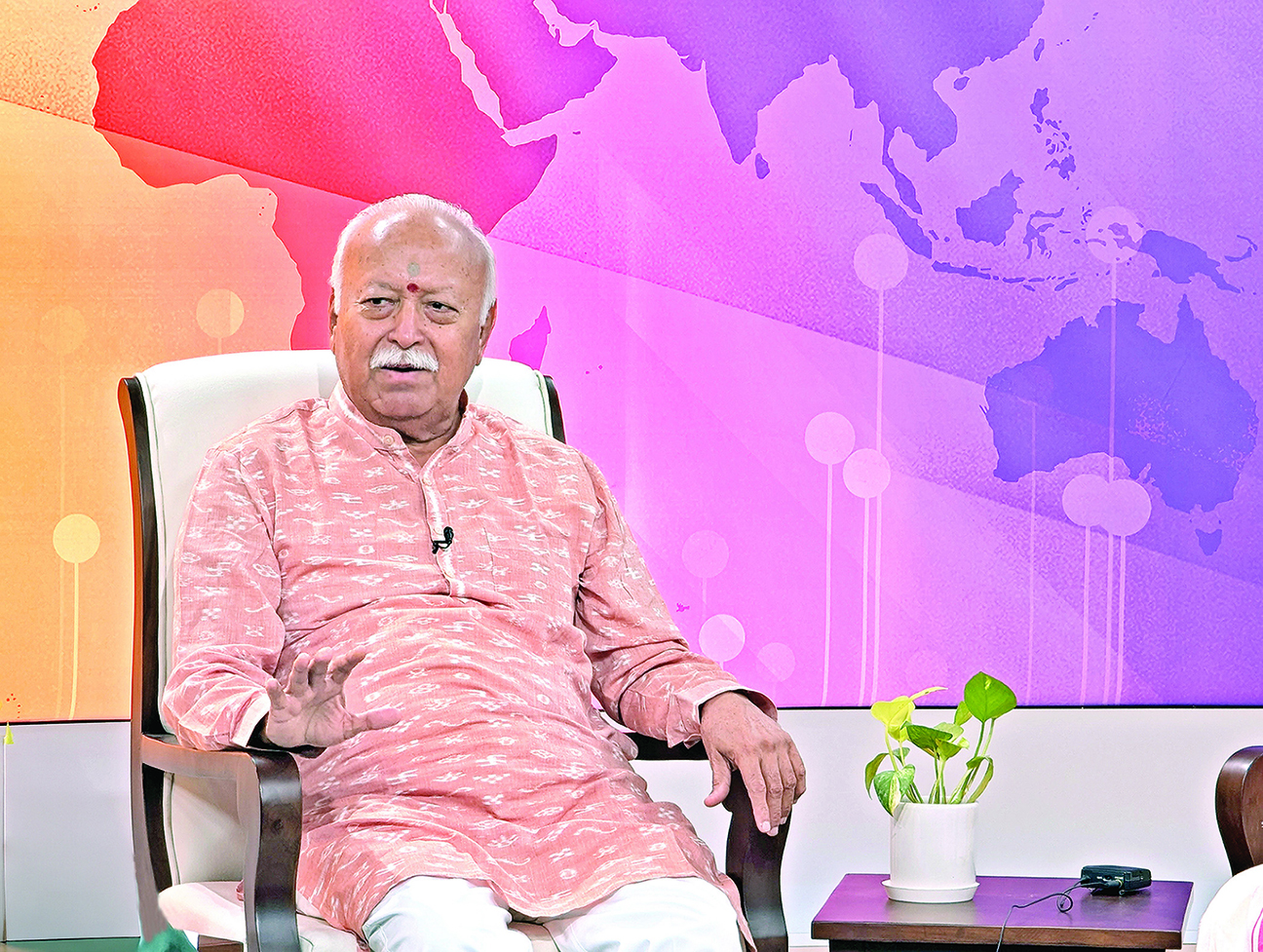RSS and its organisational structure
Updated: February 5, 2023 8:01
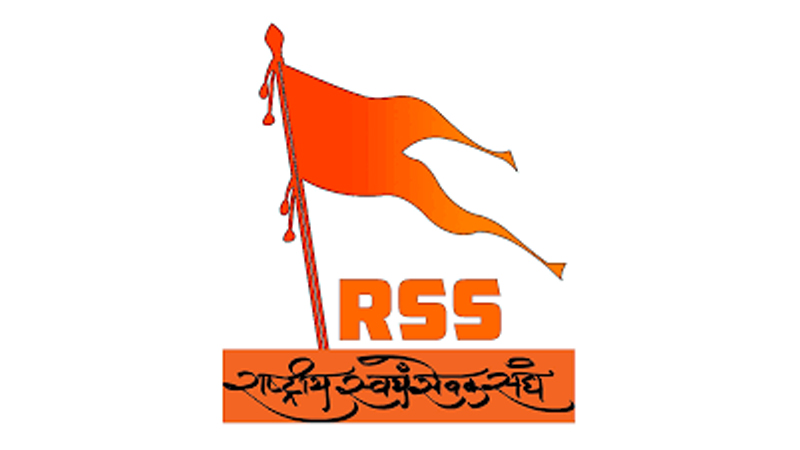
To understand the RSS, one of the key requirements is to understand its organisational structure and its relationship with more than three dozen organisations which are its ideological mentees. In common parleys these organisations are often referred to as frontal organisations or affiliates of the RSS. However, the fact of the matter is the RSS remains the mentor while these organisations work autonomously in their respective domains. Whenever required, these organisations seek guidance and support from the RSS and the latter does its best to provide that. The day to day functioning of these organisations is looked after by their own functionaries.
This indicates that RSS manages a multi-dimensional organizational structure. Ranging from consumer rights to international relations, in almost every domain, the ideological mentees of RSS’ have an influential presence.
The RSS worked as a single organisation during the first two decades of its existence. The ideological mentees started coming into existence from the second half of 1940s. During the first two decades, the focus of the RSS was to expand and consolidate its base to every nook and corner of the country through the daily gathering of its volunteers (‘Swayamsevaks’). This daily gathering is known as Shakha. A Shakha, still remains the lifeline of Sangh Parivar.
The organisations inspired by the RSS work in diversified constituencies, such as education, urban slums, tribals, labour, farmers, teachers, students, art and culture, etc. Some of the key frontal organisations of the RSS include Rashtriya Sevika Samiti, Vanvasi Kalyan Ashram, Sewa Bharati, Akhil Bharatiya Vidyarthi Parishad, Bharatiya Mazdoor Sangh, Bharatiya Kisan Sangh, Vidya Bharati, Vishwa Hindu Parishad, Pragya Pravah etc. There are around three dozen such organisations. consumer rights to international relations where the organisations run doesn’t work.
Coming back to the RSS itself, let us have a broad look at its organisational structure.
At the bottom of the organisational pyramid is a Shakha.
A number of Shakhas (could range from 3 to 10) put together are known as Mandal.
A number of Mandals (generally 5-10), are clubbed together and known as Nagar.
A number of ‘Nagars’ form a group called Zila.
A number of Zilas put together are known as Vibhaag. Five to Fifteen Vibhaags put together are known as Sambhaag. A number of Sambhaags put together are known as Prant.
For our readers’ convenience, we would try to explain this nomenclature. A mandal generally comprises a group of colonies or settlements in terms of geographical area. Nagar is the Hindi word for ‘town’. You may take Nagar to be a unit that covers a block or a tehsil. A Zila generally covers an area equivalent to a district, while a Sambhaag would be equivalent to a division. Prant translates as ‘province’.
A number of Prants are clubbed together under the title of Kshetra (broadly, it can be translated as a ‘region’). Currently, the whole country has been divided into 11 Kshetras by the RSS for its organisational structure.
Each Kshetra is headed by a Kshetra Sanghchalak and Kshetra Karyavah. The latter for all practical purposes is the defacto head of each Kshetra. The former is the dejure head of the Kshetra.
It is important to remember that the organisational structure of the RSS does not adhere to the government’s demarcation of the states and districts and towns. For its own organisational purpose, the RSS sometimes divides a larger state into two or more Prants.
Contrary to the common perception, the RSS has been quite flexible when it comes to its organisational structure. It has changed several times the areas covered under Prant or Kshetra or Mandal or Nagar, to suit the organisational needs. With the emergence of several new states within the country, the RSS too has been making adjustments in its organisational structure to ensure smooth functioning of the organisation.
At present, the whole country has been divided the following 11 Kshetras (regions):
- South: It comprises Kerala, South Tamil Nadu and North Tamil
- South-Central: It comprises South Karnataka, West Andhra Pradesh, East Andhra Pradesh (this arrangement was prior to the establishment of Telangana as a separate state out of Andhra It is likely that a re-structuring of this regional grouping under the RSS organizational set-up may happen).
- West: The Western region has following areas: Konkan, West Maharashtra, Devagiri, Gujarat, Vidarbha.
- Central: It comprises Malwa, Madhya Bharat, Mahakaushal,
- North-West: This region has Chittor, Jaipur and
- North region: One of the most important regions from RSS’ perspective in terms of its strength and impact, it comprises of five Prants: Delhi, Haryana, Punjab, Jammu and Kashmir, Himachal Pradesh.
- West Uttar Pradesh: One should not confuse this with the geographical boundaries of the western part of the Indian state of Uttar Pradesh. From the RSS’ perspective, the West Uttar Pradesh is a separate region and it has Uttarakhand, Meerut and
- East Uttar Pradesh: This Kshetra or region has four Prants: Kanpur, Awadh, Kaashi and Gorakhpur.
- North-East: This region has North Bihar, South Bihar and
- East: It consists of Utkal, South Bengal and North
- Assam: It comprises North Assam, Arunachal Pradesh, South Assam,
As mentioned above, there are 11 regions in which RSS has divided its work within the country.. Each region comprises of a number of Prants. Each Prant is headed within the RSS hierarchy by a Prant Karyavah and Prant Sanghchalak. Prant Karyavah is the de facto chief of the Prant while Prant Sanghchalak is the de jure chief.
The former is generally a relatively young person than the latter one as he is supposed to carry out a vast amount of activities. The Prant Sanghchalak is more of a mentor but he is kept in loop in most of the activities and plans.
There are two main bodies of the RSS which take all important decisions, one is known as, Akhil Bharatiya Karyakarini (broadly translated as the RSS Central Executive Council), the other body is Akhil Bharatiya Pratinidhi Sabha (ABPS). The latter may be translated in English as ‘All India Representative Council’.
The ABPS is considered to be the highest decision- making body of the organisation, which meets annually. The ABPS has representatives from various frontal organisations of the RSS. The RSS functionaries at the Prant level and above, take part in the ABPS meetings. The meeting generally lasts for three to four days and is attended by the RSS top brass. A report on the status of the organisation is also presented in this meeting and the challenges faced by the RSS are also discussed. In a way, it is the most crucial event for the RSS as it decides its way forward. The members of the ABPS go back after every meet with a message from the top brass as to what is going to be the broad direction of the RSS work for the coming year. This message is then percolated down to the Shakha, level through a series of meetings.
The Akhil Bharatiya Karyakarini comprises the RSS Chief, RSS general secretaries, joint general secretaries, heads and deputy heads of its various wings, such as physical (Sharirik), intellectual (Bauddhik), Media (Prachaar), Public Relations (Sampark), Social Services (Sewa) and Logistics (Vyavastha).
Currently, following officials are the ex officio members of the Akhil Bharatiya Karyakarini:
- Sarsanghchalak (The RSS Chief).
- Sarkaryavah (General Secretary).
- Sah-Sarkaryavah (Joint General Secretary): There can be more than one Sah-Sarkaryavah in the RSS and generally all are made members of national executive.
- Akhil Bharatiya Sharirik Pramukh (All India in-charge of physical activities).
- Akhil Bharatiya Sah-Sharirik Pramukh (All India deputy in-charge of physcial activities).
- Akhil Bharatiya Bauddhik Pramukh (All India in-charge of intellectual activities).
- Akhil Bharatiya Sah-Bauddhik Pramukh (All India deputy in-charge of intellectual activities).
- Akhil Bharatiya Vyavastha Pramukh (All India in-charge of Logistics).
- Akhil Bharatiya Sah-Vyavastha Pramukh (All India deputy in-charge of Logistics).
- Akhil Bharatiya Sewa Pramukh (All India in- charge of social services).
- Akhil Bharatiya Sah-Sewa Pramukh (All India deputy in-charge of social services).
- Akhil Bharatiya Sampark Pramukh (All India in- charge of public relations).
- Akhil Bharatiya Sah-Sampark Pramukh (All India deputy in-charge of public relations).
- Akhil Bharatiya Prachar Pramukh (All India in- charge of media).
- Akhil Bharatiya Sah-Prachar Pramukh (All India co-incharge of media).
- Akhil Bharatiya Pracharak Pramukh (All India in- charge of RSS workers which work full time): A swayamsevak/volunteer who works full time for the RSS or any of its frontal organisations is called Pracharak. We would be discussing role of a Pracharak in detail later in this book.
- Akhil Bharatiya Sah-Pracharak Pramukh (All India deputy in-charge of RSS full-time workers).
Generally the, Kshetriya Pracharak (each of the 11 regions/kshetra as mentioned above has a senior RSS full-time worker designated as Kshetriya Pracharak), are also invited members of the Central Executive Council. There are some special invitees also.
